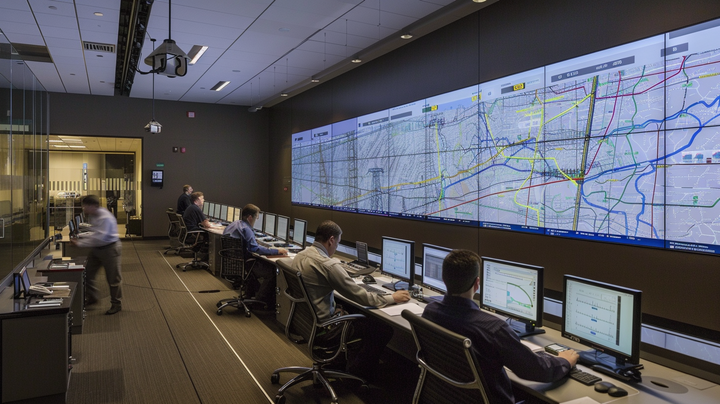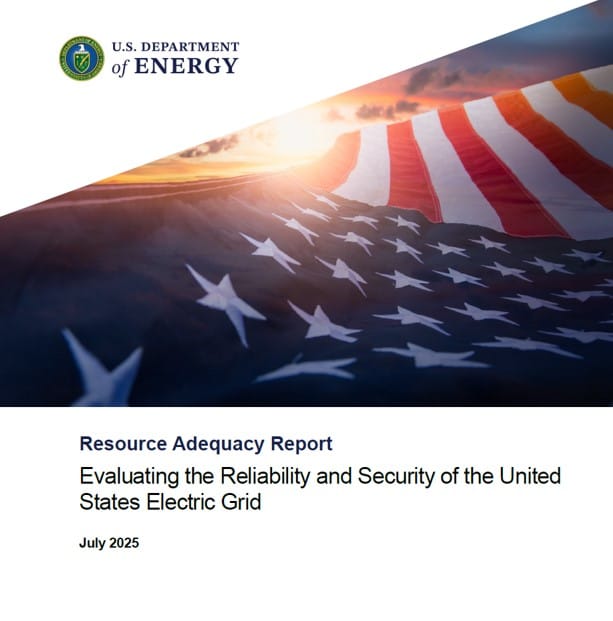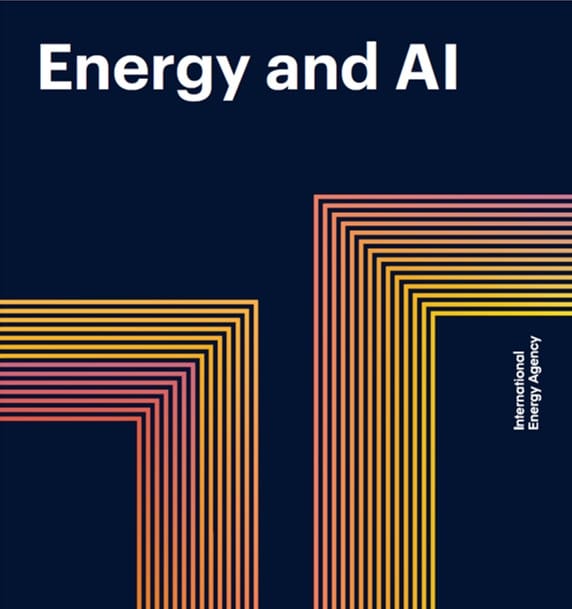The Power Beneath the Code: How AI and Data Centers Are Rewiring Global Energy Investment According to IEA
Artificial intelligence, in its rise from computational experiment to cultural force, has become more than an abstract function of algorithms and hardware. It is an industrial force, with demands that echo the steel mills and textile factories of the nineteenth century.



